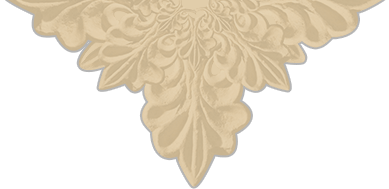The lutis of Hormozgan are the ones who bring entertainment to celebrations. The culture of the luties is still alive in small cities and for any celebration, a wedding, or a festive event, luties are the ones that natives go to. This very special dance that they perform, comes with the importance of music.
The astonishing aspect about these performers is how they perceive and present themselves. They don't introduce themselves as dancers; rather, they identify themselves as music performers. Despite their expertise and skill in the movements and routines they execute, here they appear entirely natural.
The Dance
This dance involves two performers: one playing the dohol, and the other handling the sorna. The performance comprises both solo and partnered acts, featuring an array of movements, turns, hip work, falls, and graceful transitions between standing and falling.
The way they move in space:
They navigate by walking in circular patterns, enabling them to engage with every section of the audience while seamlessly progressing through a carnival event without interrupting their performance.
The Turns
....
Floor Works:
....
partners interactions
...
solo acts:
,,,
The dancer's Costume
"They don loose, black paneled skirts adorned with bells tied above their hips, creating an appearance reminiscent of a rooster's tail. These skirts are exceptionally heavy, exceeding 25 kilograms, due to the abundance of fabric and the presence of numerous metal bells. The skirt consists of approximately forty meters of fabric, offering a richly paneled appearance that adds a touch of magic to the dancers' spins and turns. Complementing the costume is a substantial belt adorned with hanging bells and a sizeable piece of colored fabric at the back. This belt enhances the dancers' ability to execute hip movements with finesse and precision."
Dohol
The Persian cylindrical drum
Dohol is a traditional Persian double-headed cylindrical drum that enjoys widespread popularity not only in Iran but also in its neighboring countries. Dohol is well-loved in various regions of Iran, like Azerbaijan, Baluchistan, Guilan and Mazandaran, Hormozgan, Khorasan, Kurdistan, Lorestan, and Yazd. There are various types of cylindrical drums in Hormozgan, each with its distinct characteristics.
In Hormozgan big dohol is known as Gap dohol
The gap-dohol, also known as the marsaz, is a specific type of dohol known for its larger size and is particularly popular in the province of Hormozgan. It serves as the primary accompaniment for the sorna, a Persian oboe. In the performance of the gap-dohol, one of its skins is played using a drumstick, while the other skin is played with the drummer's bare hand.
The styles of playing the dohol
Dohol playing encompasses several styles. When the dohol is accompanying louder instruments such as the sorna and karna, it is typically played using sticks. However, in regions where it serves as an accompaniment for softer instruments like the kamanche and ghoshmeh (a special double-reed instrument popular in North Khorasan), it is often played using the hands.

Lorem ipsum dolor sit amet, consectetur adipiscing elit. Ut elit tellus, luctus nec ullamcorper mattis, pulvinar dapibus leo.Lorem ipsum dolor sit amet, consectetur adipiscing elit. Ut elit tellus, luctus nec ullamcorper mattis, pulvinar dapibus leo.


